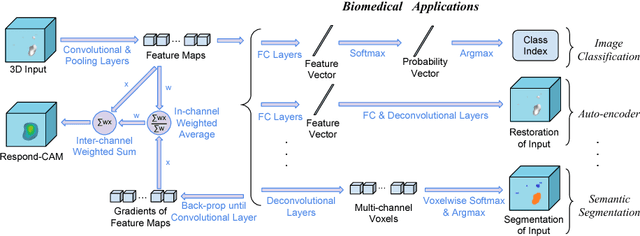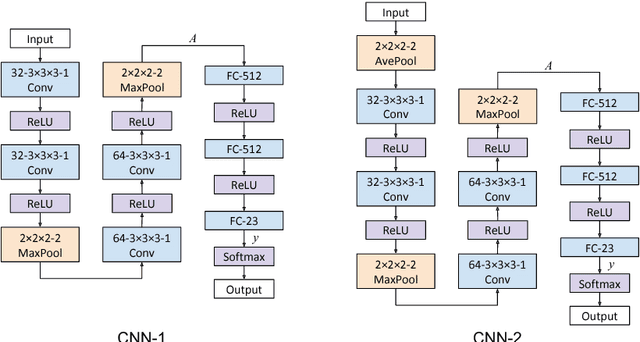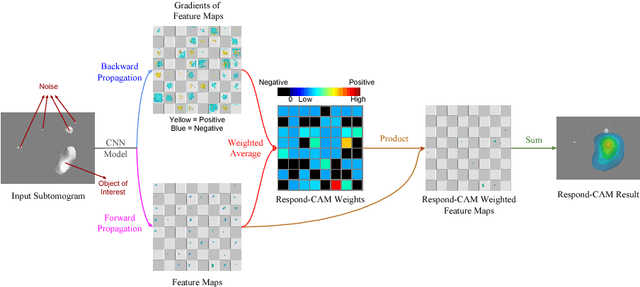Guannan Zhao
Certifying Global Robustness for Deep Neural Networks
May 31, 2024



Abstract:A globally robust deep neural network resists perturbations on all meaningful inputs. Current robustness certification methods emphasize local robustness, struggling to scale and generalize. This paper presents a systematic and efficient method to evaluate and verify global robustness for deep neural networks, leveraging the PAC verification framework for solid guarantees on verification results. We utilize probabilistic programs to characterize meaningful input regions, setting a realistic standard for global robustness. Additionally, we introduce the cumulative robustness curve as a criterion in evaluating global robustness. We design a statistical method that combines multi-level splitting and regression analysis for the estimation, significantly reducing the execution time. Experimental results demonstrate the efficiency and effectiveness of our verification method and its capability to find rare and diversified counterexamples for adversarial training.
Respond-CAM: Analyzing Deep Models for 3D Imaging Data by Visualizations
Jun 07, 2018



Abstract:The convolutional neural network (CNN) has become a powerful tool for various biomedical image analysis tasks, but there is a lack of visual explanation for the machinery of CNNs. In this paper, we present a novel algorithm, Respond-weighted Class Activation Mapping (Respond-CAM), for making CNN-based models interpretable by visualizing input regions that are important for predictions, especially for biomedical 3D imaging data inputs. Our method uses the gradients of any target concept (e.g. the score of target class) that flows into a convolutional layer. The weighted feature maps are combined to produce a heatmap that highlights the important regions in the image for predicting the target concept. We prove a preferable sum-to-score property of the Respond-CAM and verify its significant improvement on 3D images from the current state-of-the-art approach. Our tests on Cellular Electron Cryo-Tomography 3D images show that Respond-CAM achieves superior performance on visualizing the CNNs with 3D biomedical images inputs, and is able to get reasonably good results on visualizing the CNNs with natural image inputs. The Respond-CAM is an efficient and reliable approach for visualizing the CNN machinery, and is applicable to a wide variety of CNN model families and image analysis tasks.
An In-field Automatic Wheat Disease Diagnosis System
Sep 26, 2017



Abstract:Crop diseases are responsible for the major production reduction and economic losses in agricultural industry world- wide. Monitoring for health status of crops is critical to control the spread of diseases and implement effective management. This paper presents an in-field automatic wheat disease diagnosis system based on a weakly super- vised deep learning framework, i.e. deep multiple instance learning, which achieves an integration of identification for wheat diseases and localization for disease areas with only image-level annotation for training images in wild conditions. Furthermore, a new in-field image dataset for wheat disease, Wheat Disease Database 2017 (WDD2017), is collected to verify the effectiveness of our system. Under two different architectures, i.e. VGG-FCN-VD16 and VGG-FCN-S, our system achieves the mean recognition accuracies of 97.95% and 95.12% respectively over 5-fold cross-validation on WDD2017, exceeding the results of 93.27% and 73.00% by two conventional CNN frameworks, i.e. VGG-CNN-VD16 and VGG-CNN-S. Experimental results demonstrate that the proposed system outperforms conventional CNN architectures on recognition accuracy under the same amount of parameters, meanwhile main- taining accurate localization for corresponding disease areas. Moreover, the proposed system has been packed into a real-time mobile app to provide support for agricultural disease diagnosis.
* 15 pages
 Add to Chrome
Add to Chrome Add to Firefox
Add to Firefox Add to Edge
Add to Edge